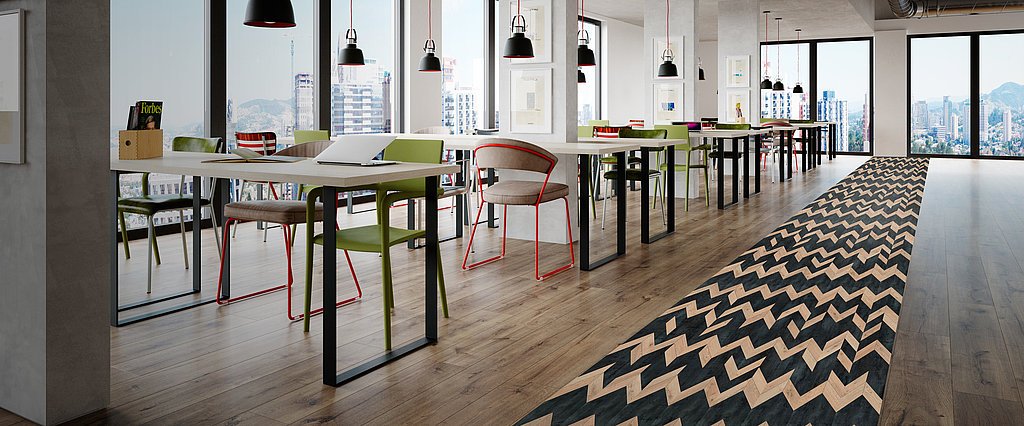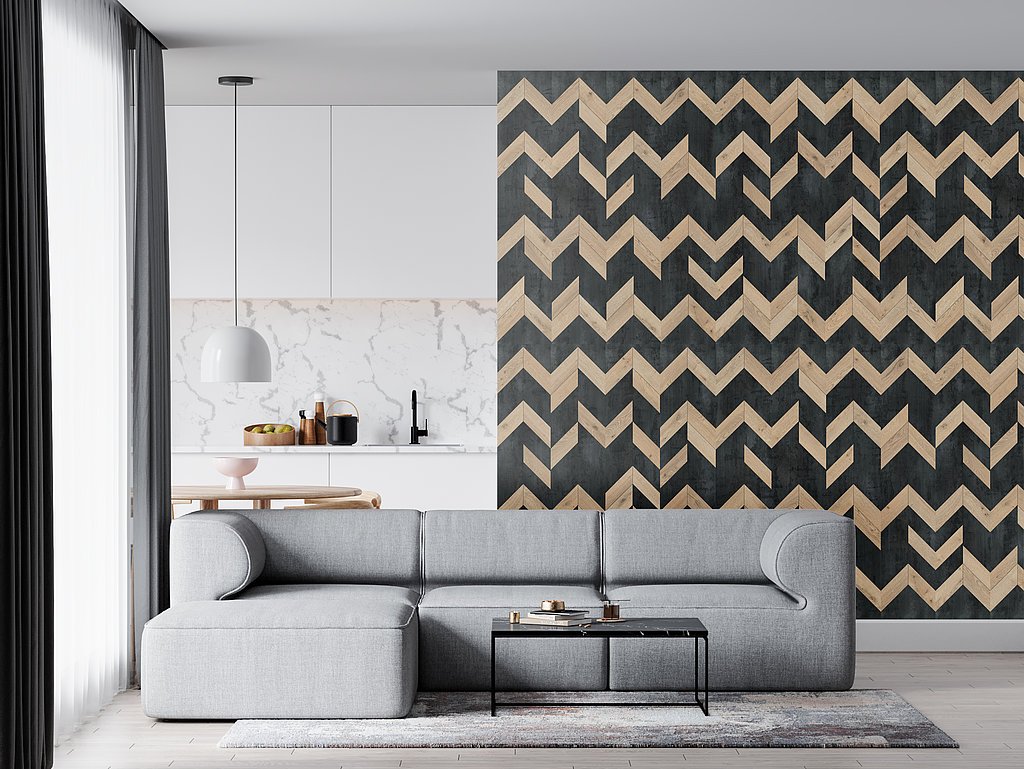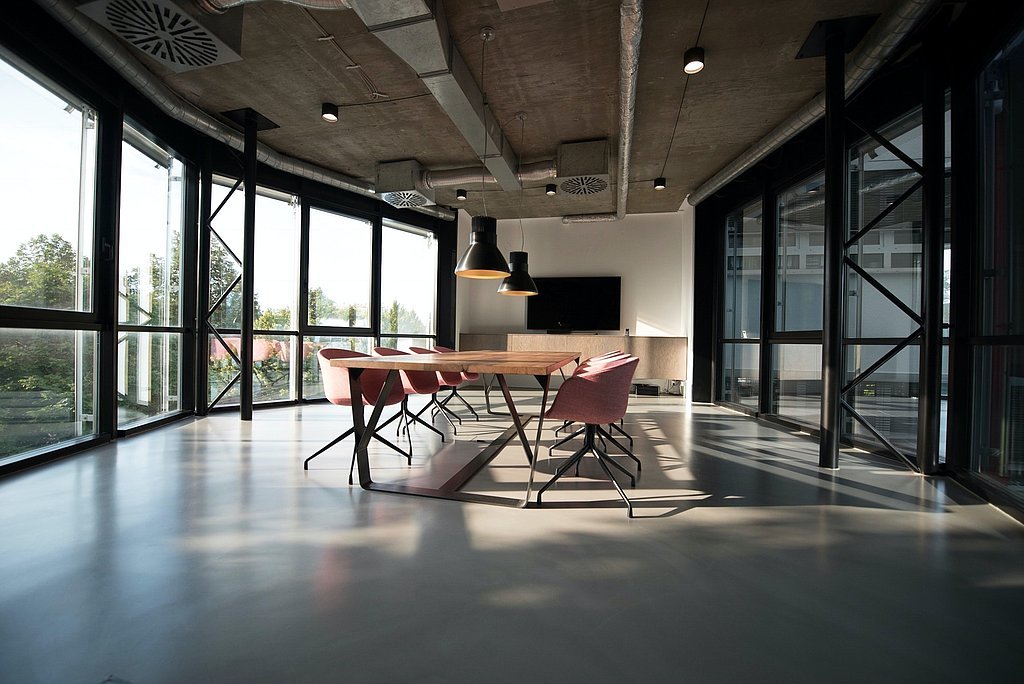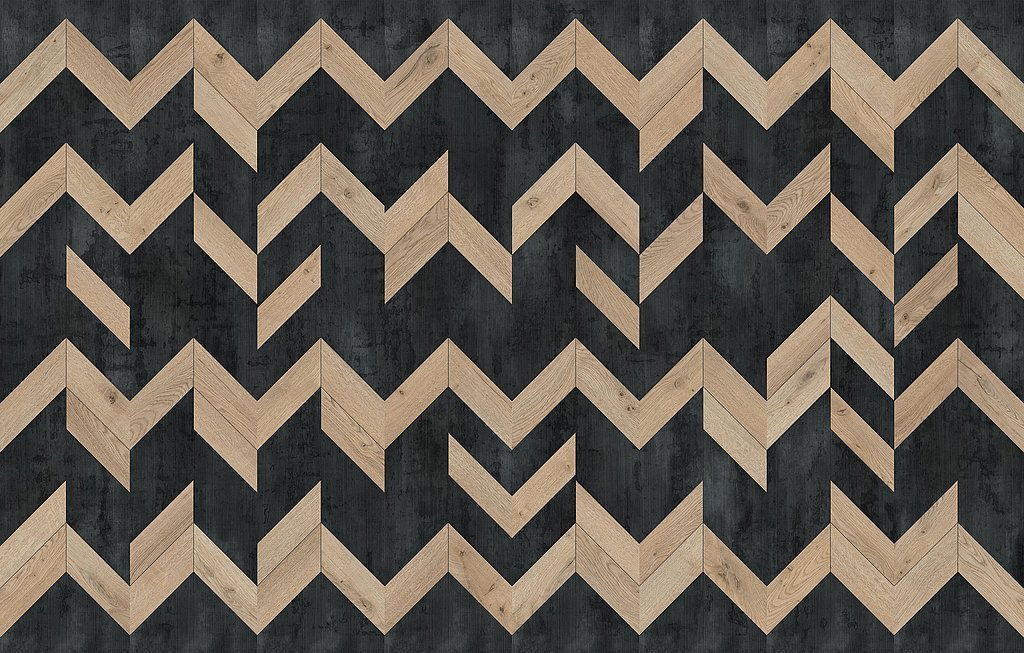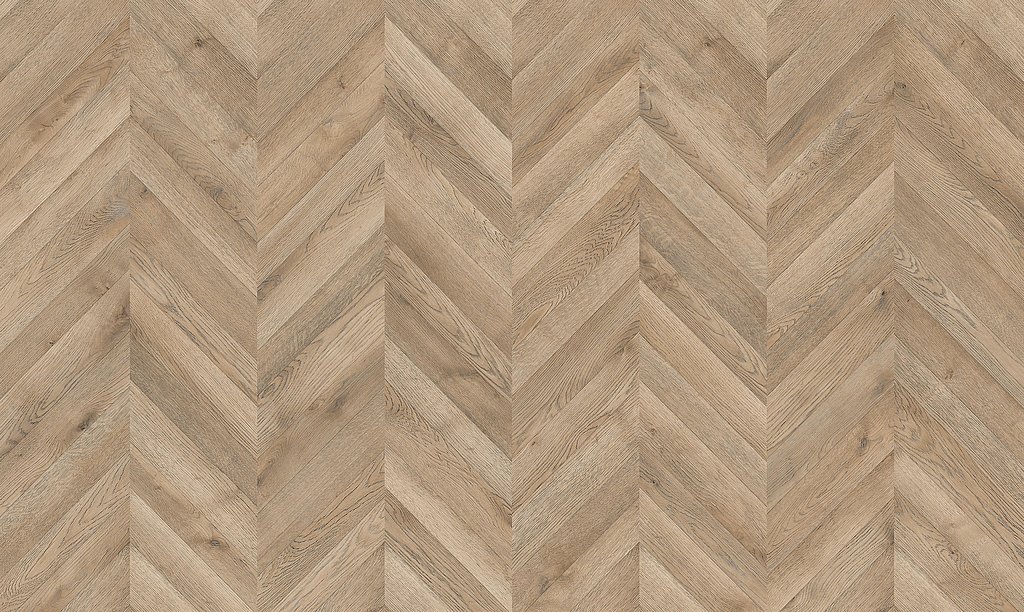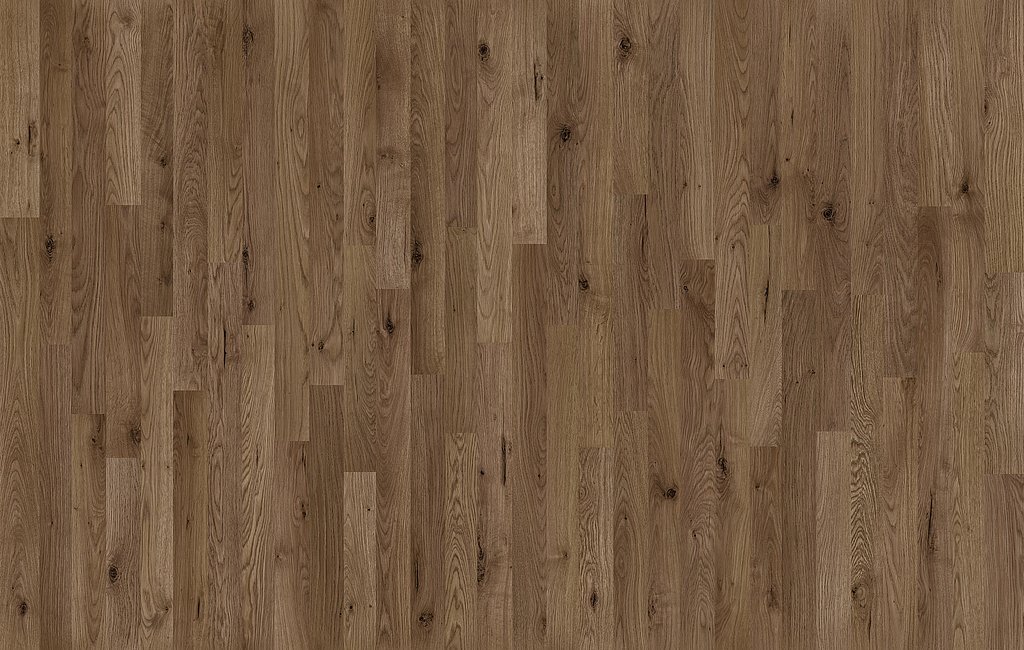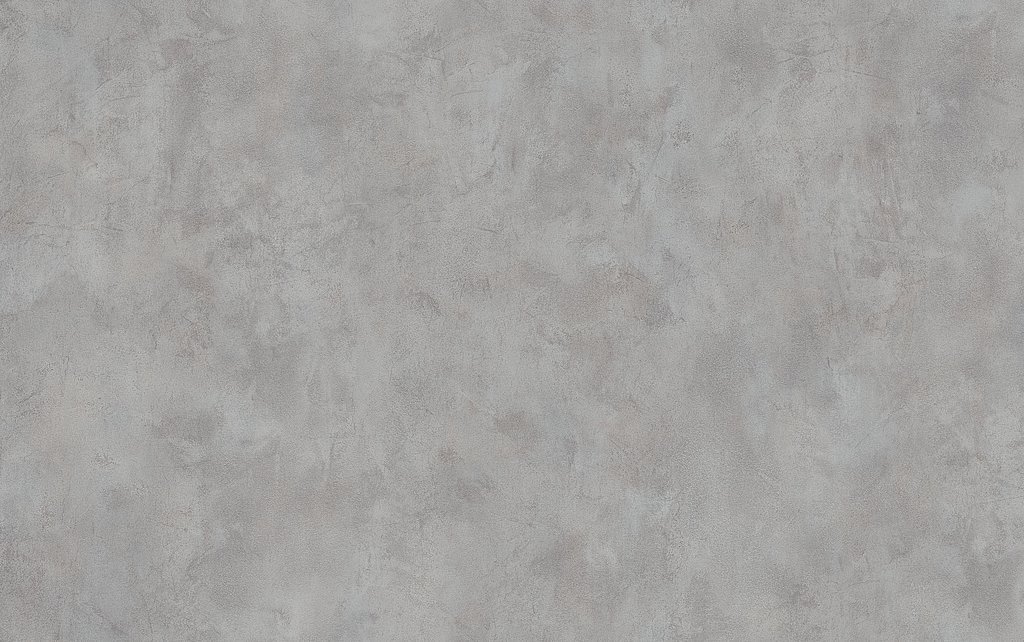Zoning for public space
How design brings back the feeling of security
For a long time we have been following how public spaces - such as train stations, waiting areas or shopping malls - is developing into places of communication, networking and relaxation. In the last two years in particular, numerous design innovations have been launched. Our examples: zoning and intelligent wayfinding systems. Design thus becomes a communication tool for heavily frequented places.
As part of our research, we have been observing a development since 2018 that is now really picking up speed: Travellers, commuters and working nomads want more opportunities to retreat to busy public areas - maybe to work. Or just to relax for a moment. But mostly, like all of us, they want the feeling of security. Design concepts such as intelligent wayfinding systems and visual room zoning have been very popular since 2020. They help transit areas around the world better meet the demands of a mobile society.
Sabrina Wieland and Elaine Andrea Herrmann from Schattdecor Germany talk about new design approaches for the third place - from zoning and silent communication to digital printing. Watch it now!
Zoning and intelligent guidance systems
We know from evolutionary psychology that our brain is constantly and unconsciously busy monitoring our space and checking for safety. Throughout human history, our ability to perceive space has been part of a survival mechanism that American physiologist Walter Cannon described in 1915 as the human "flight-or-fight mode." Our brain registers the smallest changes in the environment within seconds and processes them—under the radar of consciousness—in the limbic system.
We were already in a world full of signs and warnings before 2020, and since then even more have been added. At the beginning of 2020, it suddenly became important from one day to the next to create visual incentives to remind people to look out for each other and to follow certain rules. The intent was to emphasize a feeling of security in public spaces, and fast but also fairly loud solutions were implemented: screaming forests of signs all with sorts of messages emerged. Safety concepts, information, rules, warnings and appeals were suddenly shouted at passers-by everywhere.
"At Schattdecor, we have given a great deal of thought to which surfaces or design concepts can provide innovative solutions for third places."Sabrina Wieland, Head of Design Schattdecor Germany

New approaches
Such a design and its excessive use disturbs our natural sensibilities and puts our archaically ticking brain under stress. We all want to be able to move about the world as a matter of course again and with the usual feeling of security. Being together in public spaces should occur again without permanent alarm, permanent warnings and prohibition signs.
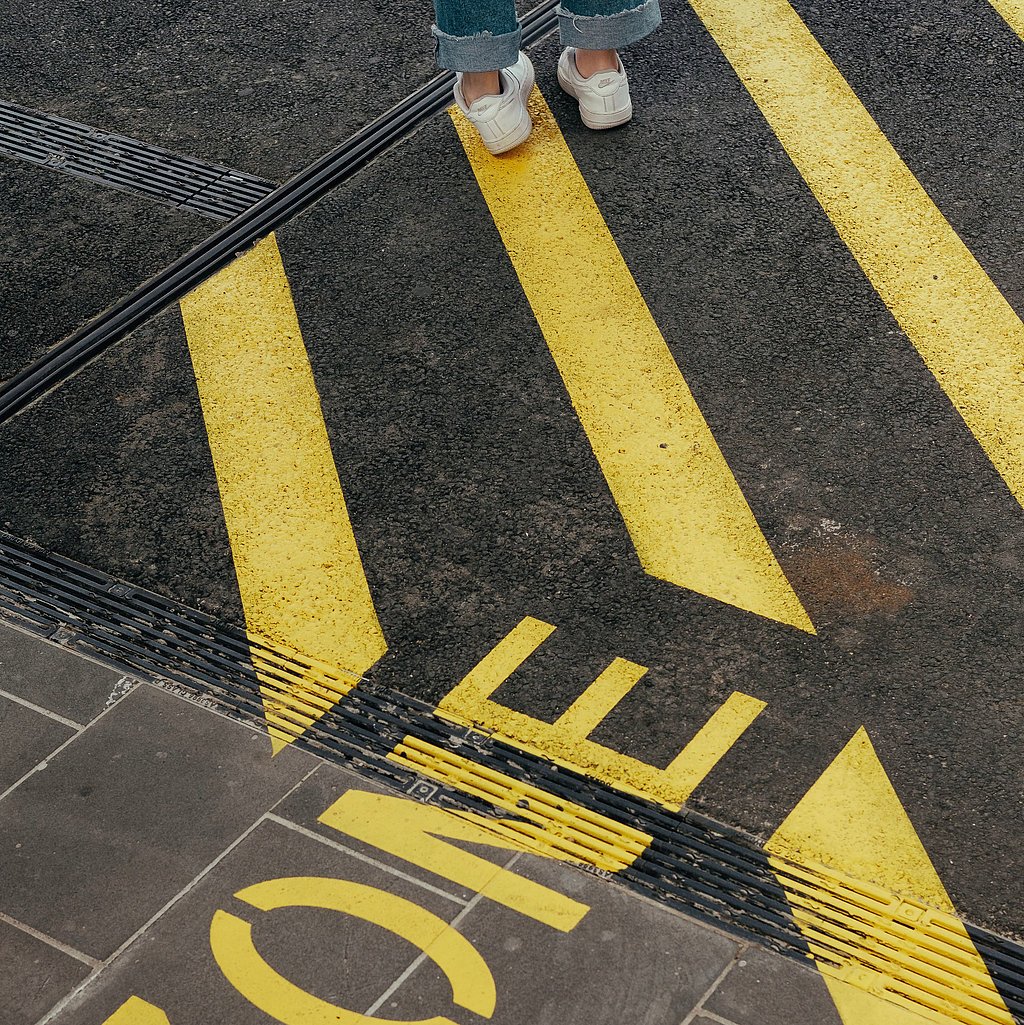
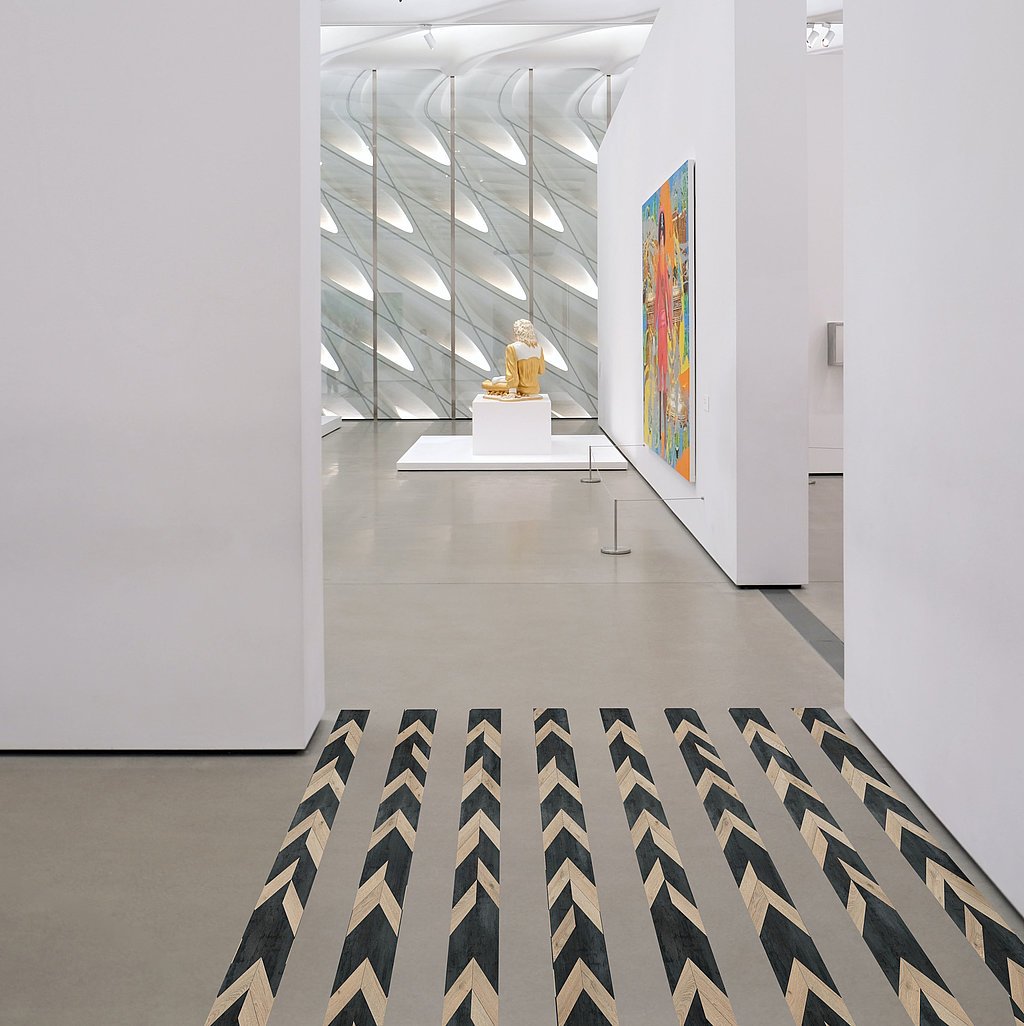
Silent communication – positivity instead of warning signs
This is why these temporary solutions have long since been abandoned, and the warning messages have faded. Why is this so? Well, because, as we said, our brains don't respond well to permanent overstimulation from signal colors, alarms and warnings. One consequence of this could have been that public squares, inner cities, shops, malls, and institutions are instinctively avoided. And that at some point warnings will just not work anymore.
Efficient communication designs for spaces have taken their place and are now setting clear accents in places where our health is the focus, calmly directing streams of visitors in museums, cinemas or when shopping. Many of these approaches have taken advantage of understanding how our brains work and let the spaces themselves do the communicating.
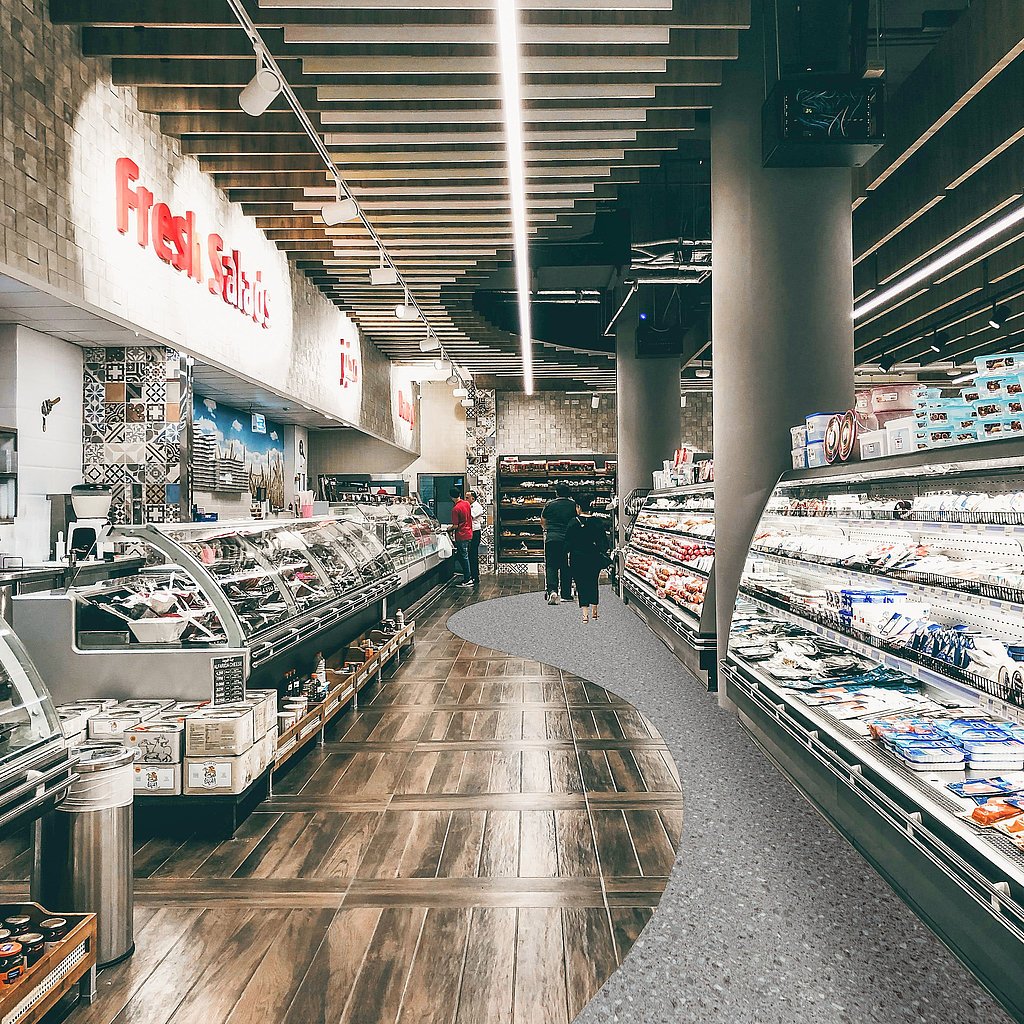
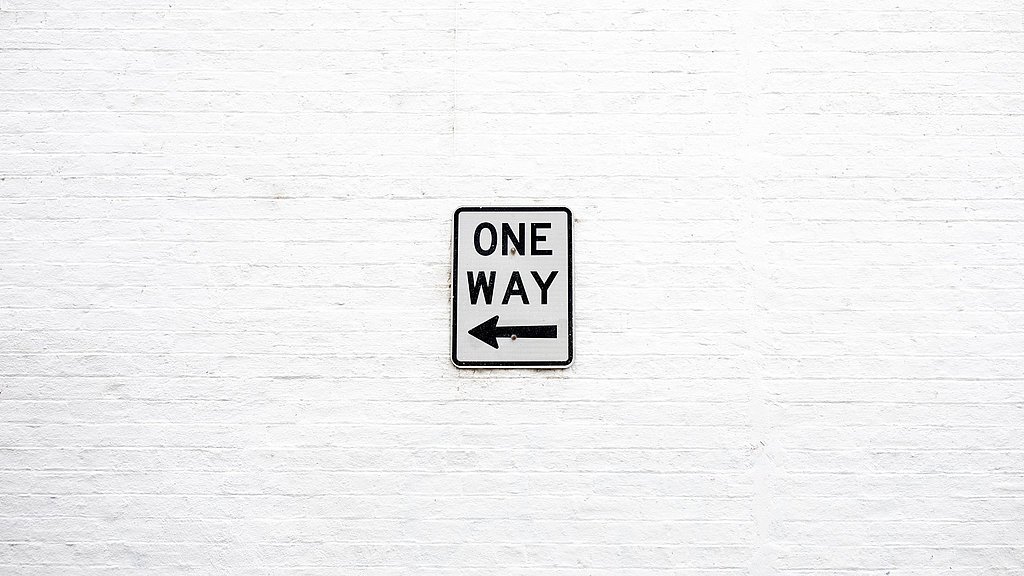
Spaces can also communicate with us
Wait a minute—a space can communicate? Yes, in a way. Homo sapiens also perceives architectural conditions with all senses. We subconsciously register whether a space is friendly and inviting, whether it is tidy, or whether we can expect obstacles in our way and should therefore remain cautious. Conversely, minimal interventions in the interior design are enough to stimulate our perception and guide us in the desired direction safely.
Direction of movement on the floor covering
While horizontal floor lines confuse our safe walking sense, parallel lines show us the way through space. An astonishingly simple orientation guide succeeds, for example, purely by alternating the lay direction on the floor covering. Just the alignment of the wood grain of a decor serves to guide the flow of visitors confidently, and exudes calm and security.
Guide symbols integrated into the design thanks to digital printing
With the enormous possibilities of digital printing, aesthetically designed symbols, distance markings, safety instructions, floor distance markings or completely printed signage systems can also be perfectly integrated into the design of the room landscape. Printed symbols also make it easier to use multi-functional furniture intuitively, such as information symbols for inductive, contactless charging for mobile digital devices. Such an individual design or installation can even be applied to walls and doors.
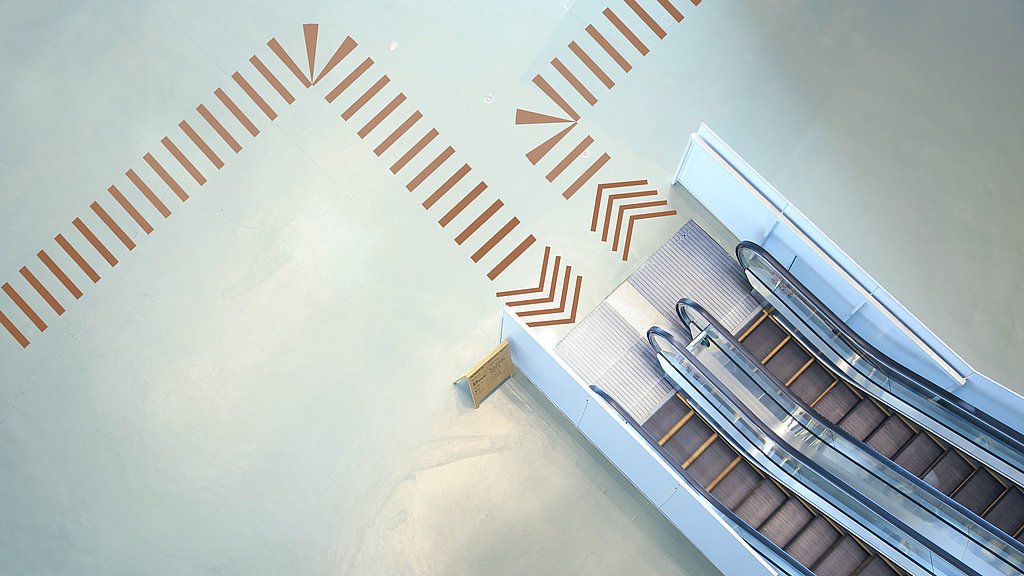
Decor design as a guidance system
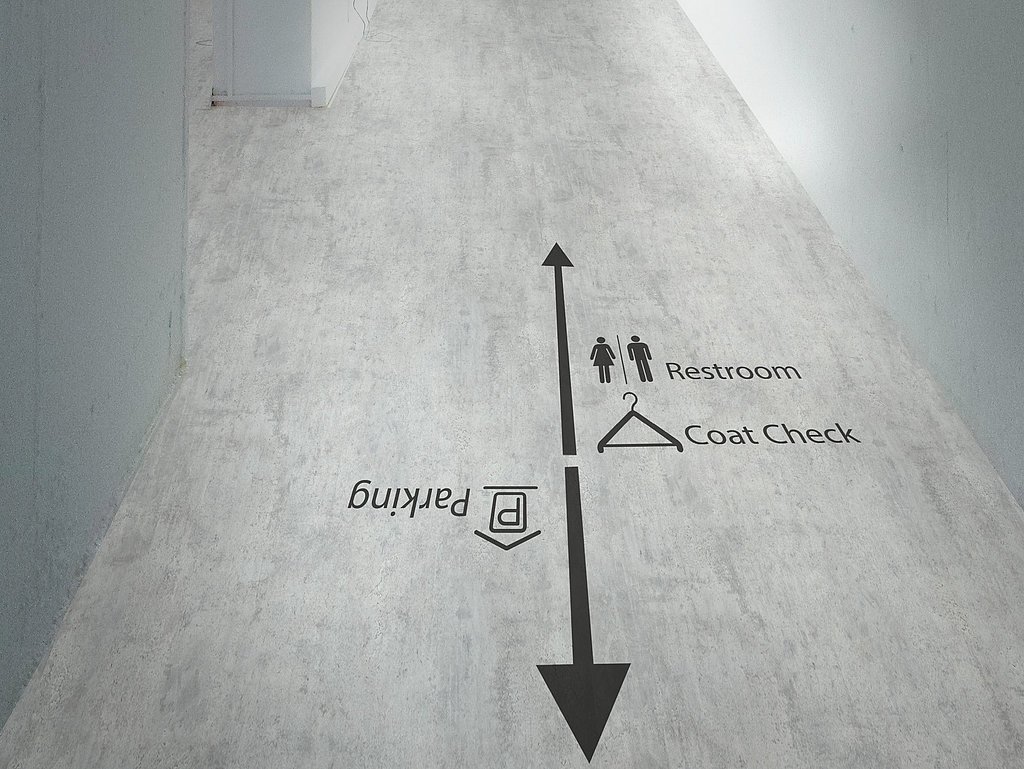
Chevron decors with a strong grain give us guidance
Chevron decors have a clear direction. We humans understand such concepts of space and movement intuitively, without further explanations or symbols. Combined with zoning design, a functioning visual room-in-room logic can easily be created. Areas of application can be found in shopping, in open-plan offices, meeting areas and when separating individual workplaces.
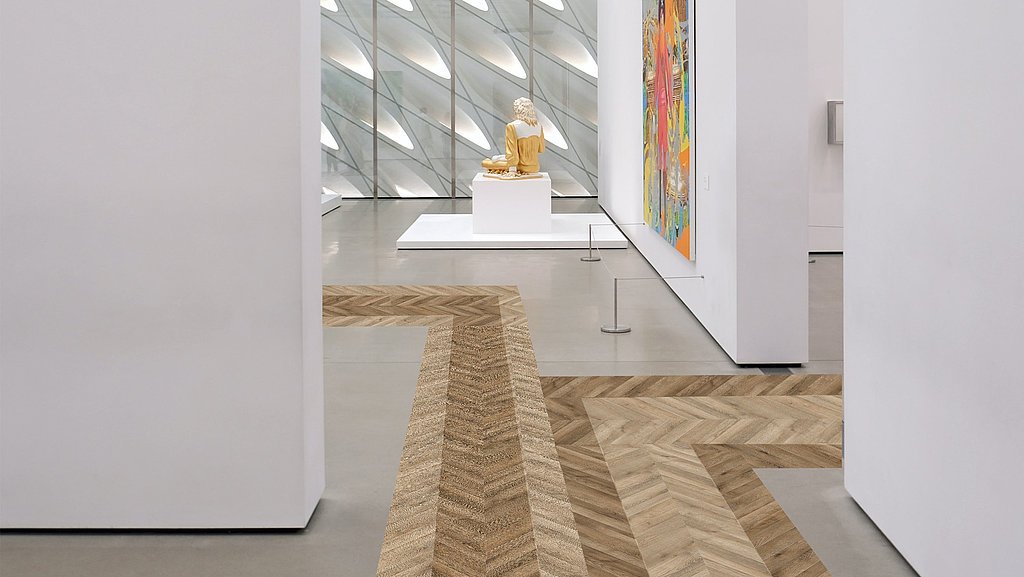
The possibilities of room zoning
In addition, by creating visual zones, rooms can be divided into separate areas. Digital printing offers countless possibilities for permanently integrating important behavioral messages into the concept of public space and thus subtly introducing them into the flow of people. Different types of decor on floors, walls and ceilings create the illusion of subdivision and take on the function of subconsciously directing and guiding people in frequented places to let them instinctively keep their distance and to remind them of masks and hygiene concepts.
When shopping, surface design makes it easier for us to find our way around in the range: visual contrasts provide the right incentives to make it easier for customers to discover 'their' shop area or to ideally cycle the flow of buyers. Partition walls with warm wood decors create visual islands in waiting areas. Those who linger feel really comfortable here. It is not the prohibition signs that create distance, but the decorative contrasts.
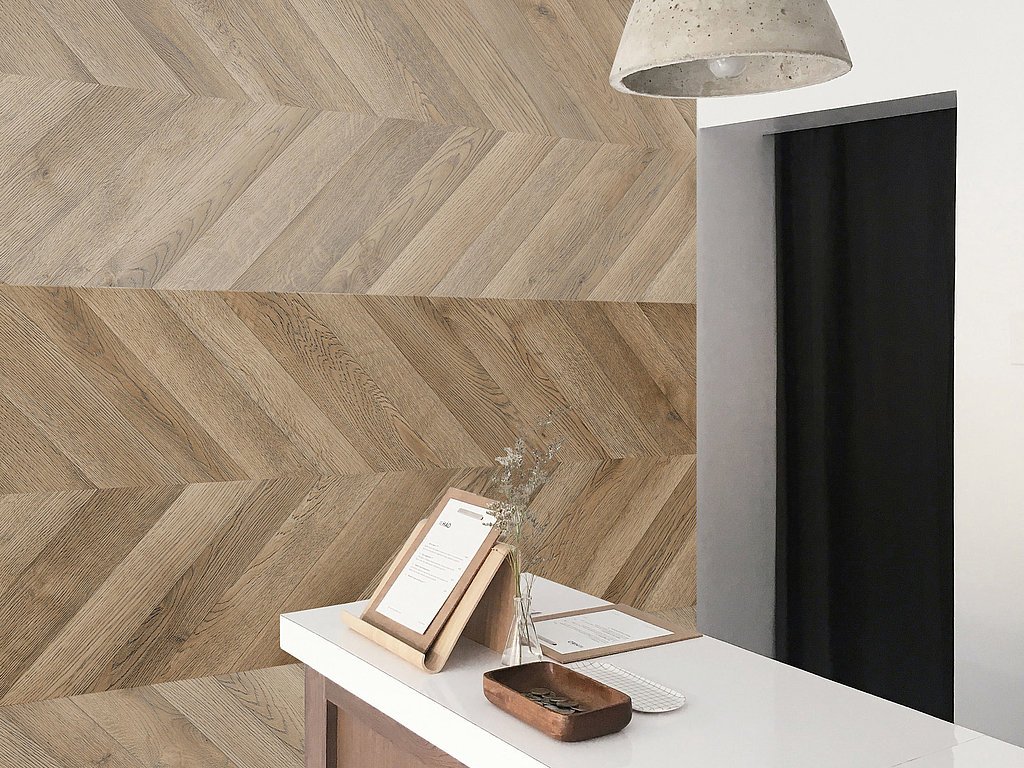
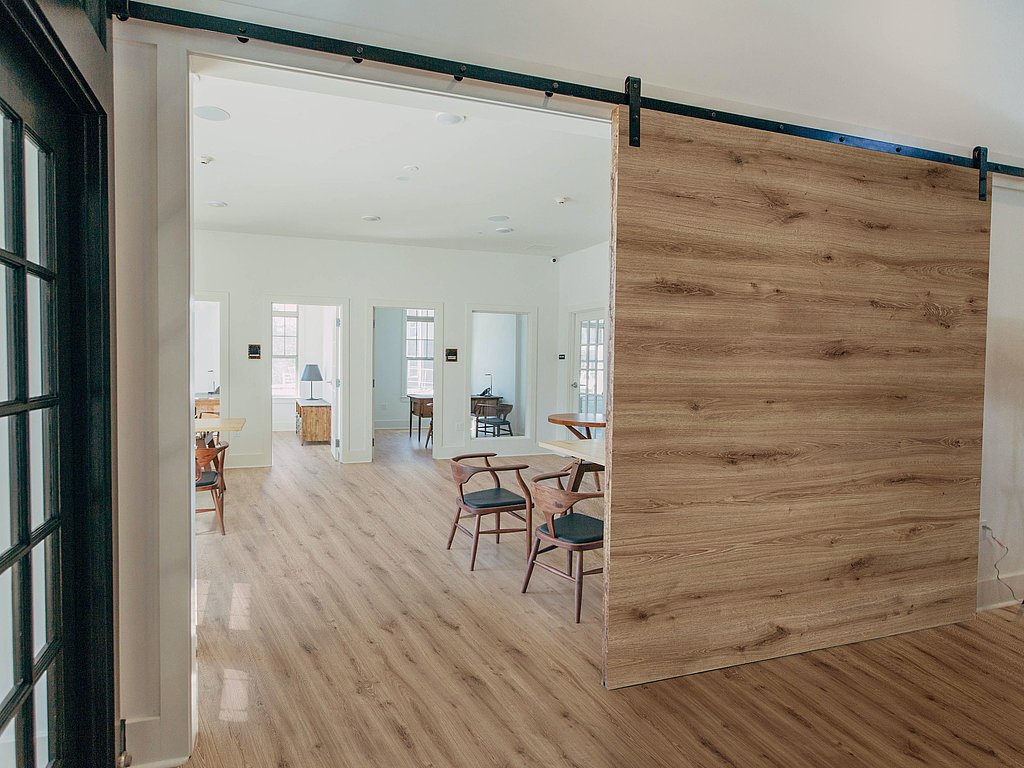
Clearly defined zones in the open-plan office
Optically delimited zones also fit into the organic nature of the room in work areas. Large-format stone installations with a rich grain give XXL offices elegance and separate different work areas, individual workplaces or meeting areas from each other.
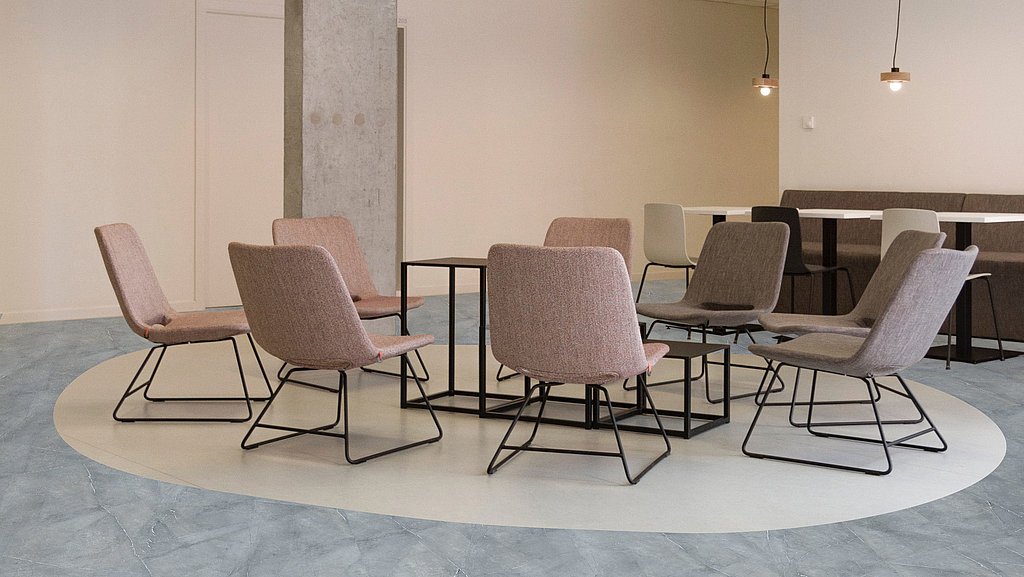
Conclusion: Visual zoning in combination with the enormous possibilities of digital printing is a calm, highly functional and consistently aesthetic design approach. Flows of people can be efficiently directed and guided with new, creative concepts. It reminds us unobtrusively, sustainably and without overstimulating our senses to comply with distances, hygiene and rules of conduct. All in all, surface design offers us a multitude of possibilities for designing spaces, conveying messages and giving passers-by a good feeling in public spaces and in the work environment.
